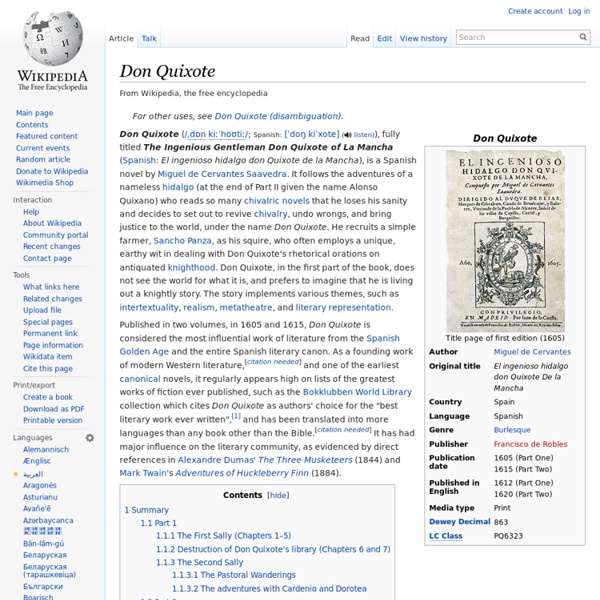Pakalolo
Cannabis is often consumed for its psychoactive and physiological effects, which can include heightened mood or euphoria, relaxation,[10] and an increase in appetite.[11] Unwanted side-effects can sometimes include a decrease in short-term memory, dry mouth, impaired motor skills, reddening of the eyes,[10] and feelings of paranoia or anxiety.[12] Effects Main short-term physical effects of cannabis A 2013 literature review said that exposure to marijuana had biologically-based physical, mental, behavioral and social health consequences and was "associated with diseases of the liver (particularly with co-existing hepatitis C), lungs, heart, and vasculature".[21] The medicinal value of cannabis is disputed. Neurological Gateway drug Another gateway hypothesis covers that a gateway effect may be caused by the "common factors" involved in using any illegal drug. Safety Varieties and strains Types of cannabis Cannabis indica may have a CBD:THC ratio four to five times that of Cannabis sativa. Kief
Rigaudon
The rigaudon (also spelled rigadon, rigadoon) is a French baroque dance with a lively duple metre. The music is similar to that of a bourrée, but the rigaudon is rhythmically simpler with regular phrases (eight measure phrases are most common). Also spelled Rigadoon, it is a sprightly 17th-century French folk dance for couples. Sources[edit] Further reading[edit] Anon. 1851.
Rideau Canal
The Rideau Canal, also known as the Rideau Waterway, connects the city of Ottawa, Ontario, Canada, on the Ottawa River to the city of Kingston, Ontario, on Lake Ontario. It is 202 kilometres in length.[1] The name Rideau, French for "curtain," is derived from the curtain-like appearance of the Rideau River's twin waterfalls where they join the Ottawa River.[2] The canal system uses sections of major rivers, including the Rideau and the Cataraqui, as well as some lakes. The Rideau Waterway is governed by Parks Canada under the Canadian Heritage Rivers System. History[edit] An engraving of the Rideau Canal locks at Bytown The initial purpose of the Rideau Canal was military, as it was intended to provide a secure supply and communications route between Montreal and the British naval base in Kingston. The canal also served a commercial purpose. The canal work started in 1826, and it took a total of 6 years to complete by 1832. Construction deaths[edit] Recognition[edit] Waterway[edit]
Shymkent
One of the central districts (view from citadel of ancient city) Historical region "Old City"(view from ancient city's citadel) Night Shymkent Shymkent (Kazakh: Шымкент / Şımkent), formerly known as Chimkent (Russian: Чимкент) until 1993, is the capital city of South Kazakhstan Province, the most populated region in Kazakhstan. History[edit] There was a gulag located near Shymkent, and many Russian-speaking people came to the area via imprisonment.[5] The name Shymkent comes from two words: shym meaning "turf, and kent meaning "city". After Kazakhstan gained independence, the city was renamed Shymkent in 1993 as part of the government’s campaign to apply Kazakh names to cities. Geography[edit] Climate[edit] Shymkent features a borderline continental climate (Köppen climate classification Dsa). Demographics[edit] Kazakhs 64.76%Russians 14.52%Uzbeks 13.70%Tatars 1.54%Others 5.48% (Ukrainians 0.54%, Koreans 1.00%)[7] According to the census of 2011, the city had 637,800 inhabitants.[8] Sport[edit]
Shylock
Shylock is a fictional character in Shakespeare's The Merchant of Venice. In the play[edit] Historical background[edit] In Shakespeare's time, no Jews had been legally present in England for several hundred years (since the Edict of Expulsion in 1290). Portrayal[edit] Shylock on stage[edit] Jacob Adler and others report that the tradition of playing Shylock sympathetically began in the first half of the 19th century with Edmund Kean,[3] and that previously the role had been played "by a comedian as a repulsive clown or, alternatively, as a monster of unrelieved evil." Kean and Irving presented a Shylock justified in wanting his revenge; Adler's Shylock evolved over the years he played the role, first as a stock Shakespearean villain, then as a man whose better nature was overcome by a desire for revenge, and finally as a man who operated not from revenge but from pride. Arnold Wesker's play The Merchant tells the same story from Shylock's point of view. Notable portrayals[edit]
Quincunx
A quincunx of pips on the fifth side of a die Historical origins of the name[edit] Examples[edit] Quincunx patterns occur in many contexts: A quincuncial map Cosmatesque pavements with the quincunx pattern In heraldry, groups of five elements (charges) are often arranged in a quincunx pattern, called in saltire in heraldic terminology. Literary symbolism[edit] Various literary works use or refer to the quincunx pattern for its symbolic value: References[edit]



